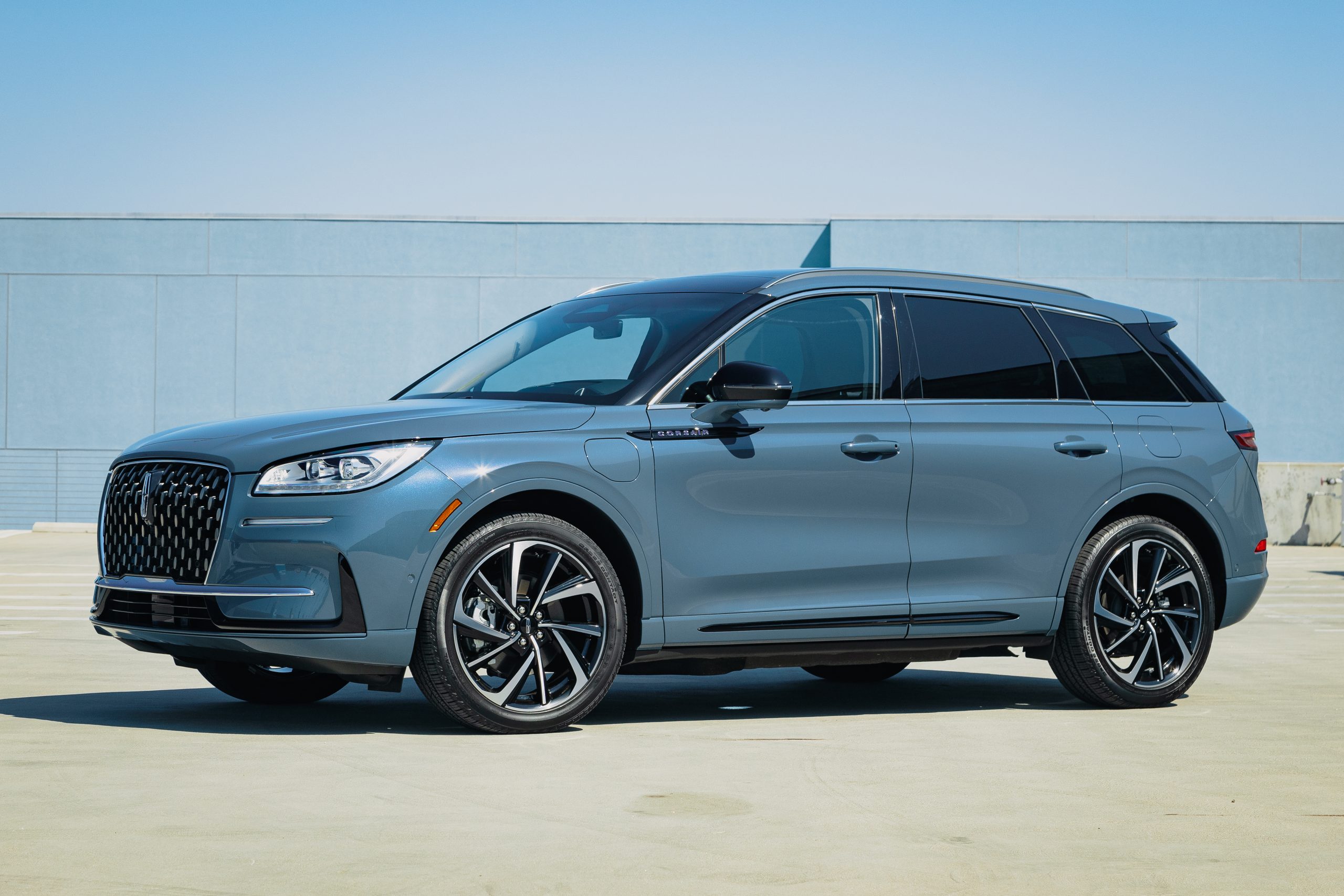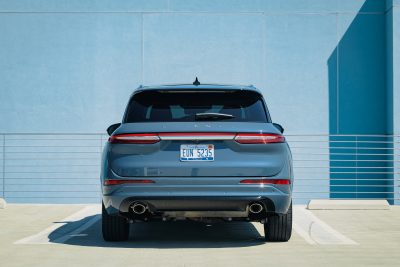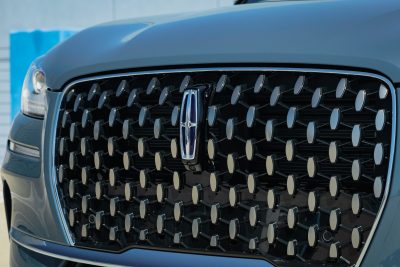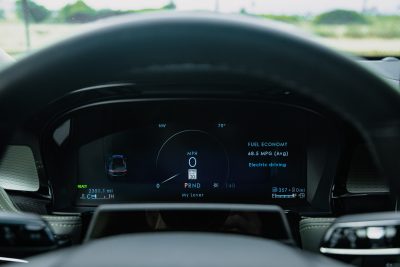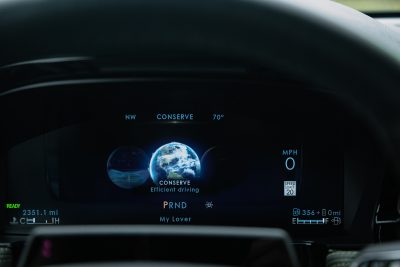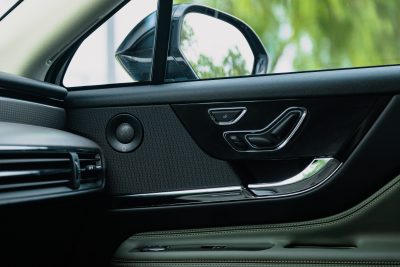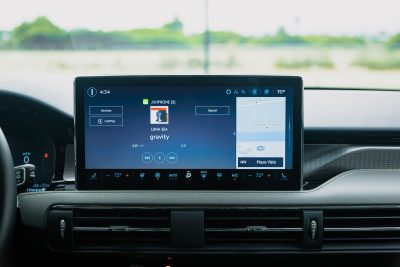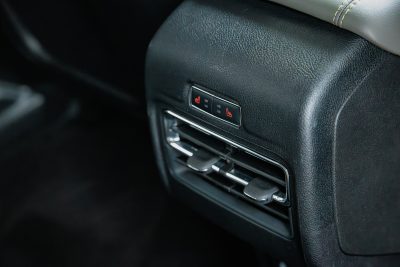While Lincoln’s Corsair is technically a compact SUV—it’s based on the similarly compact Ford Escape—thanks to some clever packaging and design tricks, it feels a lot bigger than it actually is. The specific ride you see here is the Lincoln Corsair Grand Touring—the one with the plug-in hybrid electric powertrain—and it just so happens to be my ride for the week.
It’s deceptively small
As is the case with all of Lincoln’s current vehicles, the Corsair is classically handsome. There’s a simplicity and restraint to the traditional two-box design that’s pleasing to the eye. And while I love some of the edgier, wilder designs coming from other automakers, I can’t help but feel that this Lincoln will have aged better after 10-years’ time. Someone set up a Reddit !remindme alert to see this opinion still holds in 2034.
With a design that features a large grille, monolithic slab sides and 20-inch alloy wheels, the Corsair looks massive in photographs. And when viewed in person—albeit from a slight distance, with no other cars around it—it presents as your average mid-size SUV. But the closer you get to this ride, the smaller it gets. At just 181.4-inches long, it’s shorter than a Toyota Corolla, though it is a bit wider. And with a height of just 64 inches, it also sits lower than a Toyota RAV4. This small exterior footprint makes it easy to live with day-to-day, and it doesn’t cramp my style inside, either.
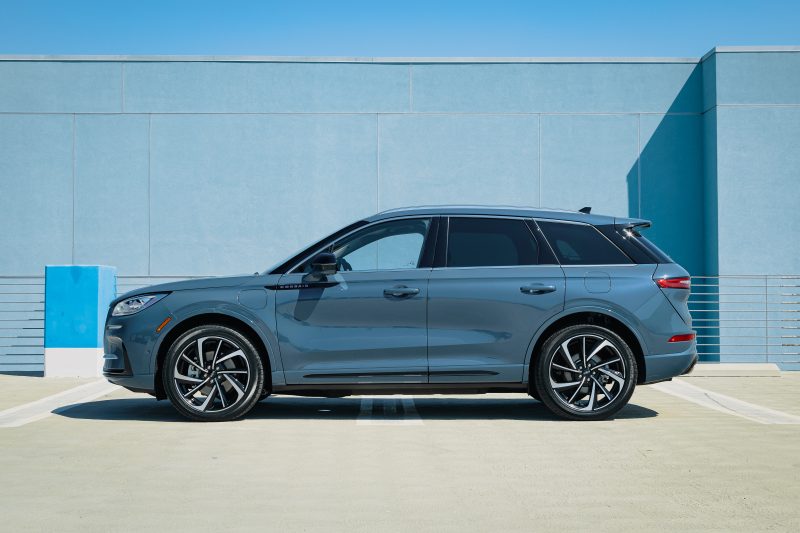
But it’s bigger on the Inside
I like small cars that feel big on the inside, meaning I want my small cars to take their design inspiration from the TARDIS. The Corsair feels generously sized inside, with ample head- and legroom both front and rear. And I have zero complaints about the 26.9 cubic feet of cargo capacity. And when I need to carry larger items? I can just push a button in the rear to automatically fold down one—or both—of those rear seats.
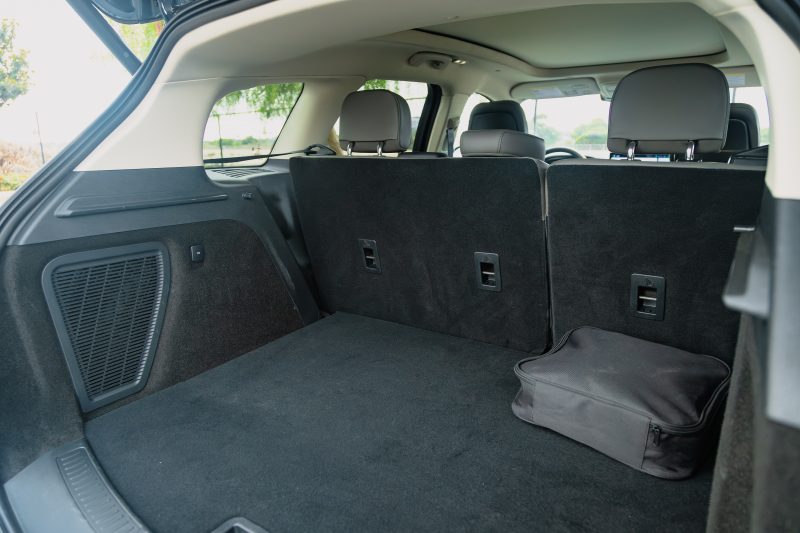
Yes, it’s comfortable
Lincoln doesn’t skimp on the features equipped to these press loans, so I get to enjoy luxuries like the 24-way adjustable seats with five different massage settings and the high-end Revel audio system. And while I love the simplicity of the overall interior design, I’ll repeat myself yet again by saying I also miss the convenience of tactile, physical controls. I get that I’m now officially an old man yelling at clouds, and the UI on the Corsair’s touchscreen is fine. But to me luxury is tactile—not digital. I mean, an Apple Watch will outperform an Omega Speedmaster by any metric, but there’s a reason why the latter is timeless, coveted, and collectable.
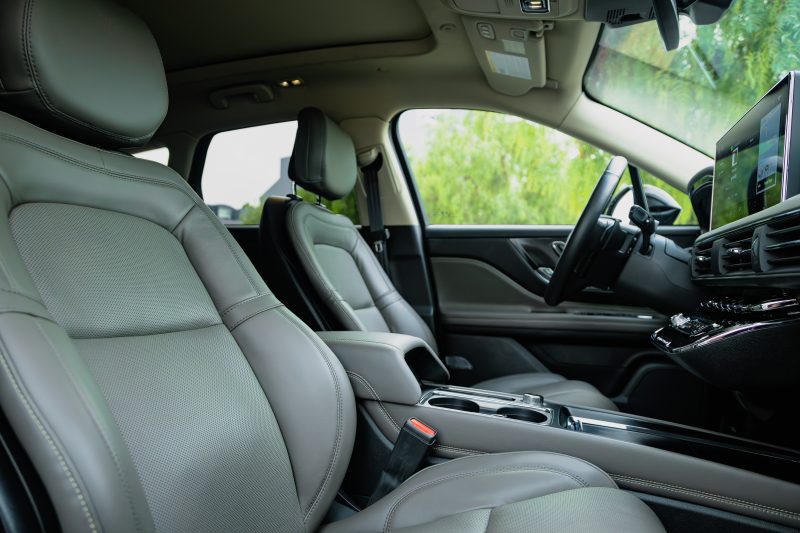
No, it’s not exciting to drive. But that’s okay.
With a driving experience that almost mirrors my time with the Nautilus, the Corsair further proves that the Lincoln driving signature is one of quietness, isolation and comfort. All the controls that make it stop, turn and go all feel accurate, but this is a crossover that never exhibits a real sense of urgency.
Let’s talk specs: up front is a “typical” hybrid powertrain where a gas-powered 2.5-liter Atkinson-cycle inline-4 mated to a CVT gets a bit of battery assist to help drive the front wheels. Said battery is rated at 14.4 kWh and, when fully charged, can also send some juice to the rear-mounted 50 kW rear electric motor to power the rear wheels. This system outputs 266 total system horsepower and has an EPA-estimated all-electric driving range of 28 miles. Lincoln says the Corsair can be fully charged in just 10-11 hours on a regular 110V home outlet, or 3-4 hours with a Level 2 charger.
Fully charged it behaves like a typical EV—so brisk off-the-line acceleration and a silent drive. For most people, especially those who can charge up nightly at home, that quietness further reinforces the overall luxury feel Lincoln is aiming for. Those too lazy to plug in—like me—will find that operation in hybrid mode is a bit buzzy, but not egregiously bad. I’ve heard louder and buzzier hybrids, though I would love to get better than 33 mpg in mixed driving.
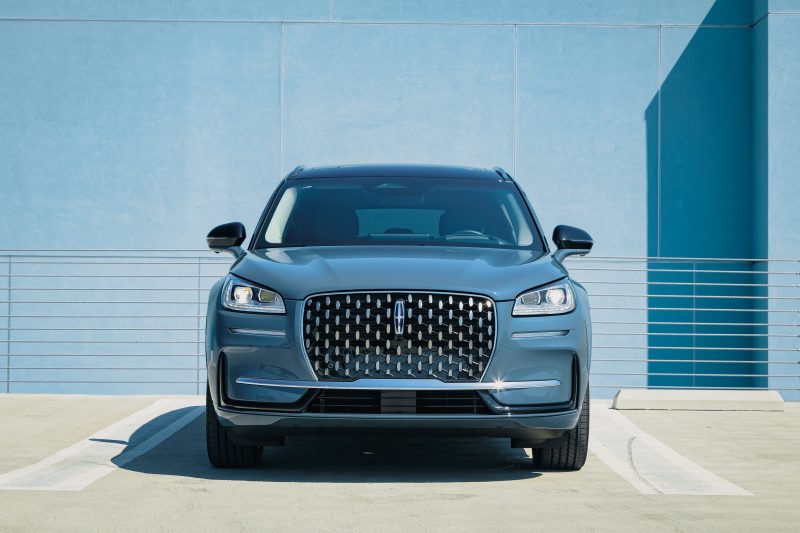
Small car. Huge price tag.
A gas-powered Lincoln Corsair starts at a reasonable (for the luxury segment) $39,485. But if you want one that plugs in, prepare to pay at least $54,346 for the privilege to do so. Throw in all the add-ons like the tech-heavy Equipment Group 302A (which includes everything from heated and ventilated front seats and BlueCruise), plus the special paint and wheel options, and the total MSRP for this specific tester jumps to an eye-watering $67,180. But that’s just par for the course here: the Corsair Grand Touring’s direct plug-in luxury competitors all carry higher starting MSRPs than the Lincoln (before adding options), so comparatively the Corsair could seem like a bargain.
No matter how you slice it, though, $70k for a compact SUV is a lot, and that kind of coin can buy a lot more performance—or a lot more clout—if you look outside of the Lincoln brand. Heck, even staying within the Lincoln family, $70k will get you into every other vehicle save for the luxury-hotel-on-wheels Navigator. Or you can make the smart-money move and get all the experience for a whole lot less by getting yourself into the gas-powered Corsair.
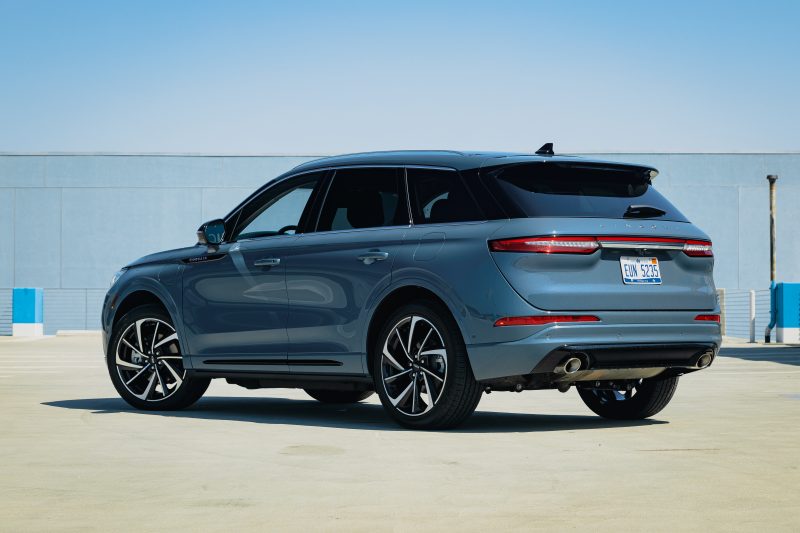
Justin Kaehler has been covering all things automotive for 20 years, and has been an active part of the car scene for much longer than that. Though he’s grown to love all cars, he’s still particularly fond of the ’80s and ’90s Japanese metal he grew up on. And for those of you who grew up playing The Fast and Furious: Tokyo Drift game for the PS2 and PSP, yes, he’s also that JDM Justin.

